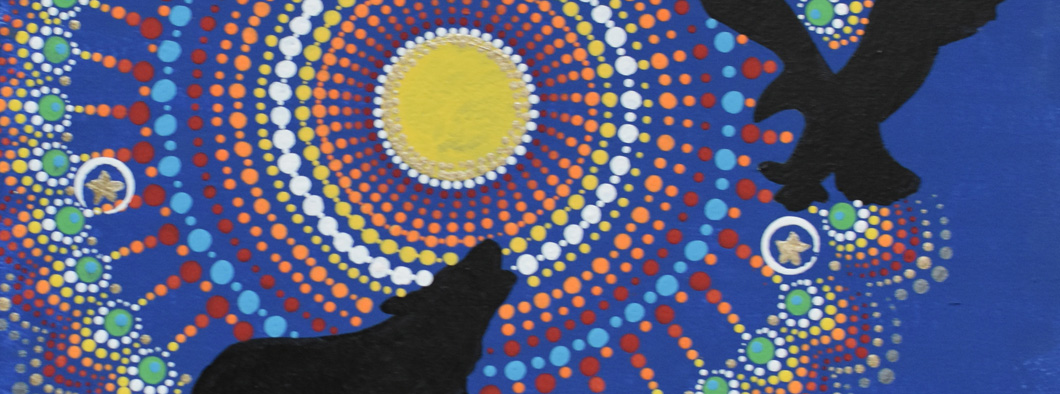Ta’n tel-pmiaq mimajuaqn
Cycles of Life
Atawsuwakonol
Theme:
Ta’n Wenin
Identity
Wolastoqey Tan wen Wetapeksit
Global Competencies
Critical Thinking and Problem Solving
- Learners engage in an inquiry process to solve problems, as well as acquire, process, interpret, synthesize, and critically analyze information to make informed decisions. (Activity 1)
- Learners select strategies, resources, and tools to support their learning, thinking, and problem-solving and evaluate the effectiveness of their choices. (Activity 1)
- Learners see patterns, make connections, and transfer their learning from one situation to another, including real-world applications. (Activity 1 and 2)
- Learners formulate and express questions to further their understanding, thinking, and problem-solving. (Activity 1)
Innovation, Creativity, and Entrepreneurship
- Learners take risks in their thinking and creating; they discover through inquiry research, hypothesizing, and experimenting with new strategies or techniques. (Activity 1)
- Learners enhance concepts, ideas, or products through a creative process. (Activity 2 and 3)
Collaboration
- Learners participate in teams by establishing positive and respectful relationships, developing trust, and acting interdependently and with integrity. (Activity 1)
- Learners learn from and contribute to the learning of others by co-constructing knowledge, meaning, and content. (Activity 1)
Communication
- Learners communicate effectively in French and/or English and/or Mi’kmaw or Wolastoqey Latuwewakon through a variety of media and in a variety of contexts. (Activity 1, 2 and 3)
- Learners gain knowledge about a variety of languages beyond their first and additional languages; they recognize the strong connection between language and ways of knowing the world. (Activity 1, 2 and 3)
- Learners ask effective questions to create a shared communication culture, attend to understand all points of view, express their own opinions, and advocate for ideas. (Activity 1, 2 and 3)
Sustainability and Global Citizenship
- Learners understand the interconnectedness of social, ecological, and economic forces, and how they affect individuals, societies, and countries. (Activity 1, 2 and 3)
- Learners understand Indigenous worldviews, traditions, values, customs, and knowledge. (Activity 1, 2 and 3)
- Learners learn from and with diverse people, develop cross-cultural understanding, and understand the forces that affect individuals and societies. (Activity 1, 2 and 3)
Curriculum Outcomes
English Language Arts
Specific Curriculum Outcomes
- 1. Students will contribute thoughts, ideas, and experiences to discussions and ask questions to clarify their ideas and those of their peers. (Activity 2 and 3)
- 9. Students will invite responses to early drafts of their writing and use audience reaction to help shape subsequent drafts. (Activity 3)
Science
- 106-2 Relationships between Science and Technology — describe examples of tools and techniques that have contributed to scientific discoveries. (Activity 1)
- 107-14 Social and Environmental Contexts of Science and Technology — identify scientific discoveries and technological innovations of people from different cultures. (Activity 1 and 3)
- 205-7 Performing and Recording — record observations using a single word, notes in point form, sentences, simple diagrams, and charts. (Activity 1 and 3)
- 206-3 Analyzing and interpreting — identify and suggest explanations for patterns and discrepancies in data. (Activity 1 and 3)
Social Studies
- 5.1.1 Develop an understanding of how we learn about the past. (Activity 1 and 3)
- 5.2.1 Explain how environment influenced the development of an ancient society. (Activity 1 and 3)
Visual Arts
- 1. Materials and Techniques — Use additive and constructive techniques in three-dimensional exploration. (Activity 1)
- 2. Elements of Art and Principles of Design — Recognize size relationships, over/under, different planes (8-point star). (Activity 1, 2 and 3)
- 3. Development of Imagery — Use a variety of resources to stimulate ideas on artwork e.g., poems, songs, the environment. (Activity 3)
- 4. Visual Awareness — Practice and develop observation and memory skills. (Activity 1 and 3)
Associated Text Materials
Grade 5 – Investigating Past Societies*
- pp. 74–76 How did Environment Influence Lifestyles of Early Societies in Present-Day Canada?
- p. 83–88 Mi’kmaq and Wolastoqewiyik
- p. 108 Mi’kmaq
* Although the textbook is titled “Investigating Past Societies”, it should be noted that it also deals with societies that exist now.





